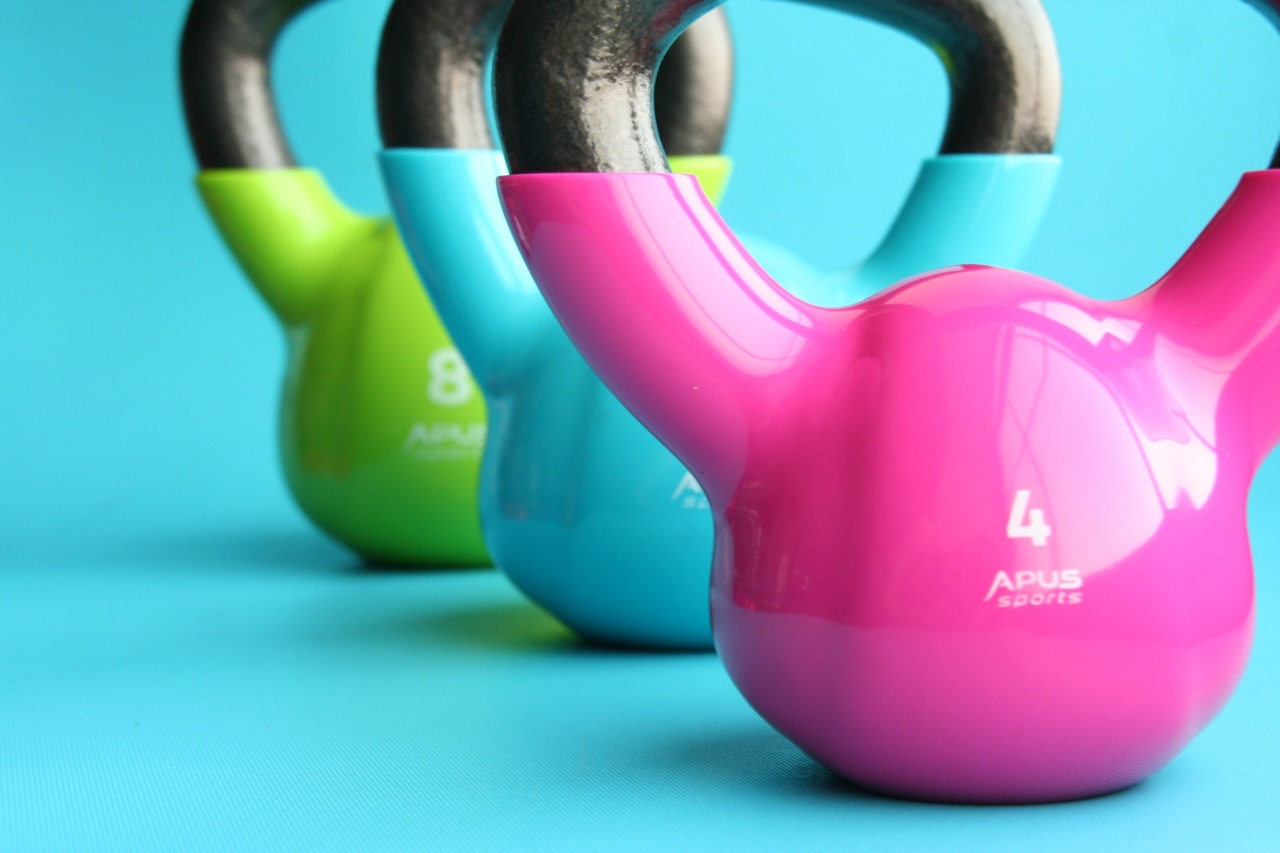Heavy crowning, also known as excessive crowning or overexertion, is a condition characterized by extreme physical or mental strain.
While commonly associated with demanding jobs or intense physical activities, heavy crowning can take various forms and affect different aspects of our health. One area that heavy crowning significantly impacts is cardiovascular health.
The Impact of Heavy Crowning on Heart Health
Research has shown a strong correlation between heavy crowning and an increased risk of developing cardiovascular diseases such as heart disease, stroke, and hypertension.
The connection lies in the way excessive crowning puts stress on the heart and blood vessels, leading to long-term damage and an elevated risk of cardiovascular problems.
The Role of Stress in Heavy Crowning and Cardiovascular Health
Stress plays a crucial role in the relationship between heavy crowning and cardiovascular health. In situations of intense physical or mental strain, the body releases stress hormones, including cortisol and adrenaline.
These hormones increase heart rate, elevate blood pressure, and narrow blood vessels, preparing the body for a fight-or-flight response.
When heavy crowning becomes chronic, the continuous release of stress hormones can have detrimental effects on the cardiovascular system.
Prolonged elevated heart rate and increased blood pressure, combined with constricted blood vessels, place a significant burden on the heart, resulting in long-term damage to the cardiovascular system.
Identifying Risk Factors for Heavy Crowning
Several risk factors contribute to the development of heavy crowning, and understanding these factors is crucial in preventing its negative impact on cardiovascular health. Some common risk factors include:.
1. Work-related Factors
High-stress occupations that require long hours, intense physical labor, or constant mental focus can significantly contribute to heavy crowning.
Industries such as healthcare, emergency services, and construction are particularly prone to causing excessive crowning.
2. Sedentary Lifestyle
A sedentary lifestyle lacking regular exercise or physical activity can increase the risk of heavy crowning.
Physical inactivity not only harms cardiovascular health directly but also contributes to weight gain, leading to obesity – a major risk factor for heart disease.
3. Unhealthy Diet
A poor diet high in saturated fats, cholesterol, sodium, and added sugars can lead to conditions such as high blood pressure and high cholesterol levels, further straining the cardiovascular system.
These dietary choices can also contribute to obesity and other chronic health conditions.
4. Smoking and Alcohol Consumption
Smoking tobacco and excessive alcohol consumption are both strongly linked to cardiovascular diseases. These habits increase blood pressure, raise heart rate, and damage blood vessels, increasing the risk of heavy crowning and cardiovascular problems.
Preventive Measures for Heavy Crowning and Cardiovascular Health
To maintain a healthy heart and reduce the impact of heavy crowning on cardiovascular health, it is crucial to adopt preventive measures. Here are some key steps individuals can take:.
1. Manage Stress
Learning stress management techniques such as mindfulness, meditation, or deep breathing exercises can help reduce the impact of heavy crowning on the cardiovascular system.
Engaging in activities that bring joy and relaxation can also aid in stress reduction.
2. Regular Exercise
Regular physical activity is essential for overall cardiovascular health. Engaging in activities such as walking, jogging, swimming, or cycling for at least 30 minutes a day can help improve heart health and reduce the risk of heavy crowning.
3. Balanced Diet
A balanced diet consisting of plenty of fruits, vegetables, whole grains, lean proteins, and healthy fats is crucial in maintaining cardiovascular health.
Limiting the intake of processed foods, salt, and sugary beverages is also vital in preventing heavy crowning.
4. Blood Pressure and Cholesterol Monitoring
Regular monitoring of blood pressure and cholesterol levels is crucial in detecting early signs of cardiovascular problems.
Regular check-ups with healthcare professionals can help identify any abnormal values and provide necessary interventions to prevent heavy crowning.
5. Stress Reduction Techniques
Adopting stress reduction techniques such as yoga, tai chi, or engaging in hobbies can significantly lower the risk of heavy crowning and related cardiovascular problems.
Taking breaks from work or engaging in leisure activities can help maintain a healthy work-life balance.
6. Avoid Smoking and Excessive Alcohol Consumption
Quitting smoking and limiting alcohol consumption are vital steps to improve cardiovascular health. These lifestyle changes significantly reduce the risk of heavy crowning and other heart-related complications.
The Importance of Early Intervention and Awareness
Recognizing the link between heavy crowning and cardiovascular health is essential for early intervention and prevention.
By understanding the risk factors and adopting a heart-healthy lifestyle, individuals can reduce the burden on their cardiovascular system and improve overall well-being.
Regular check-ups, maintaining a balanced diet, managing stress levels, and engaging in regular physical activity are all key components of a proactive approach to cardiovascular health.
By taking these steps, individuals can enhance their cardiovascular well-being and reduce the risk of heavy crowning and related complications.
Conclusion
Heavy crowning can have a significant impact on cardiovascular health, increasing the risk of heart disease, stroke, and other related conditions.
By understanding the link between heavy crowning and the cardiovascular system, individuals can take proactive steps to prevent its negative impact. The adoption of a healthy lifestyle, stress management techniques, and regular monitoring can all contribute to maintaining a robust and healthy heart.
By prioritizing cardiovascular health, we can reduce the burden of heavy crowning and enjoy a life filled with vitality and well-being.





























